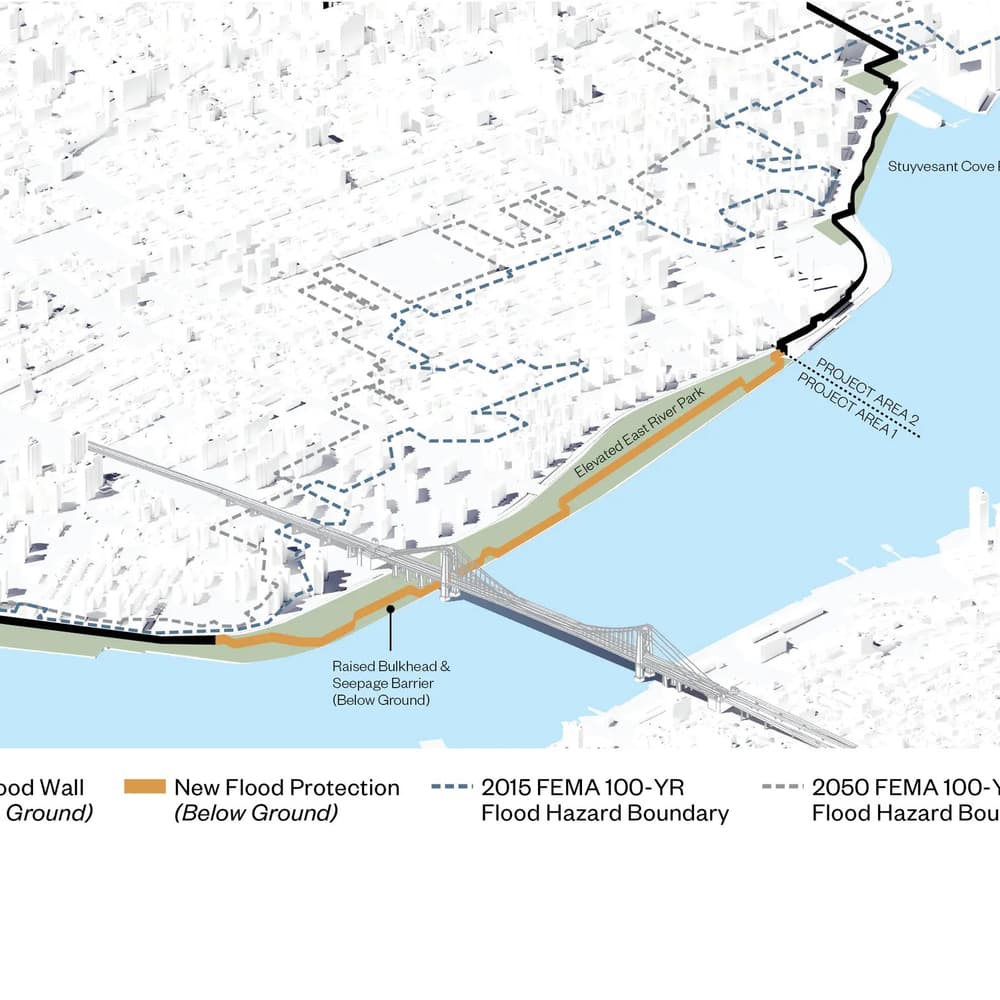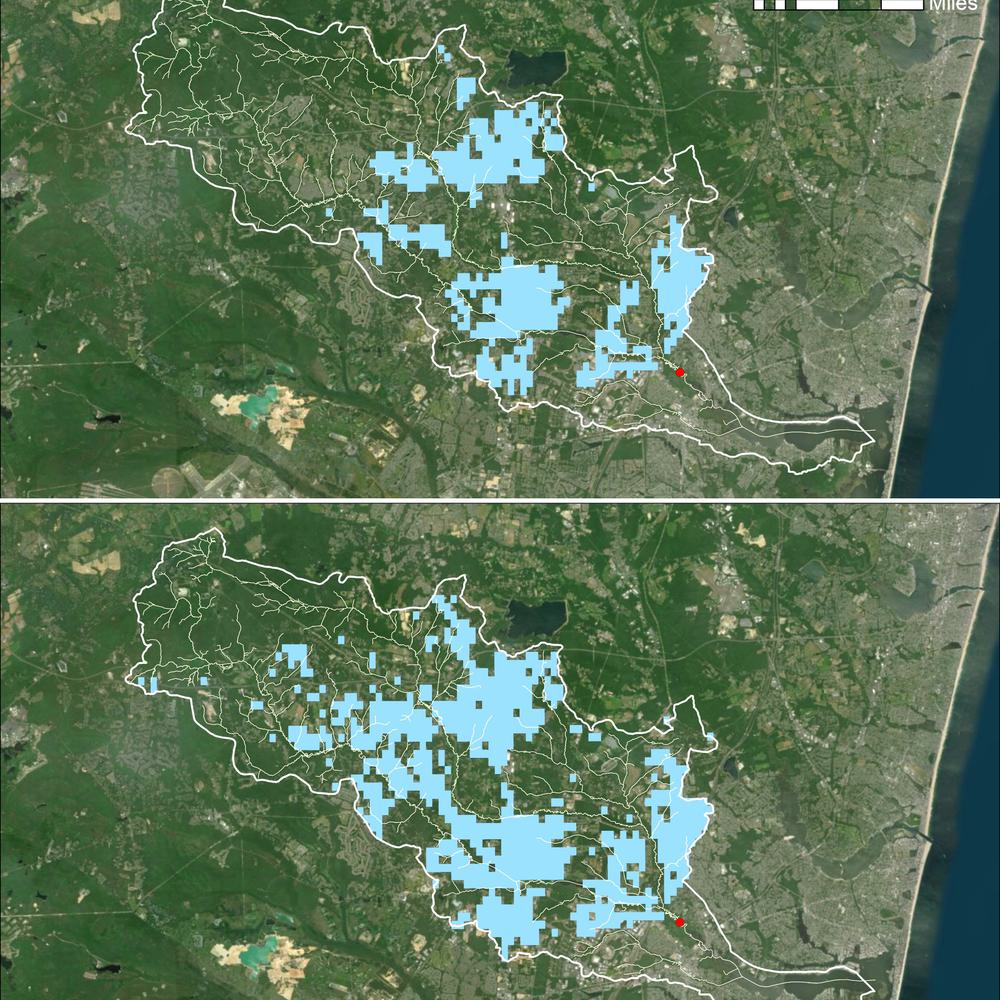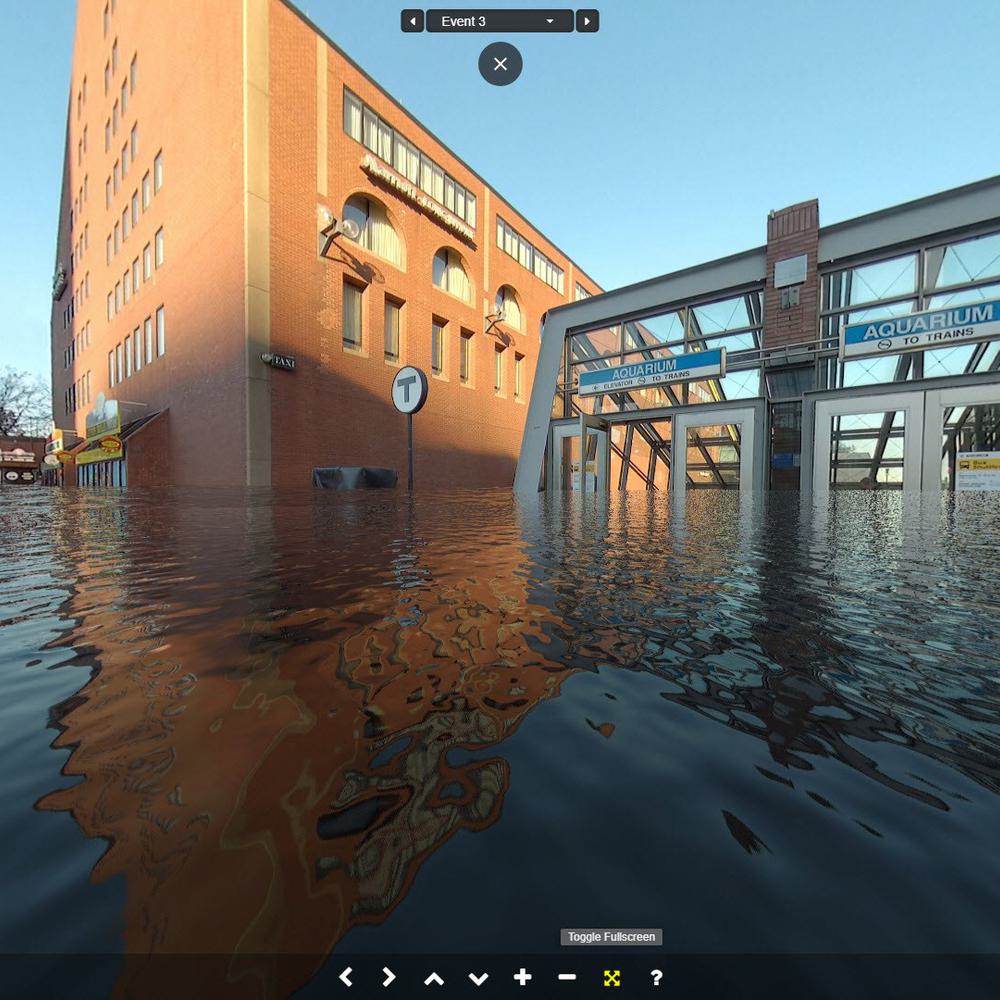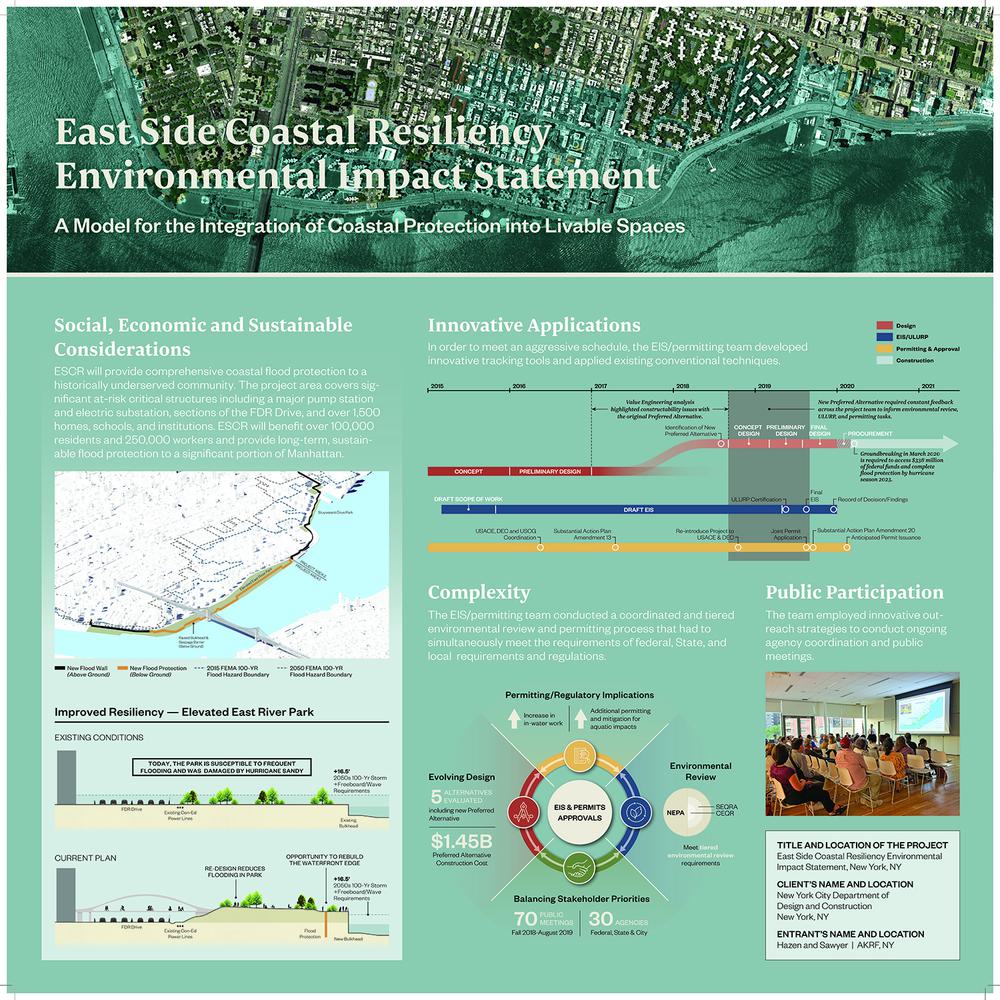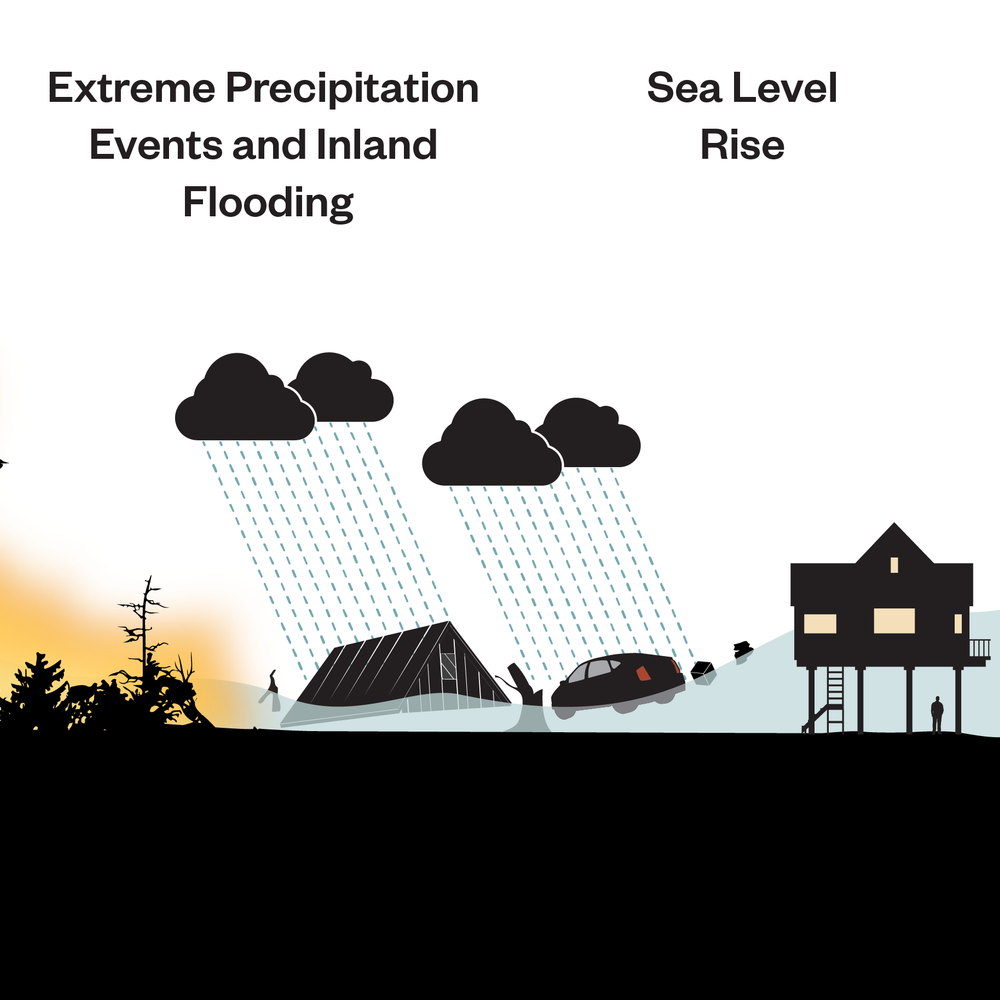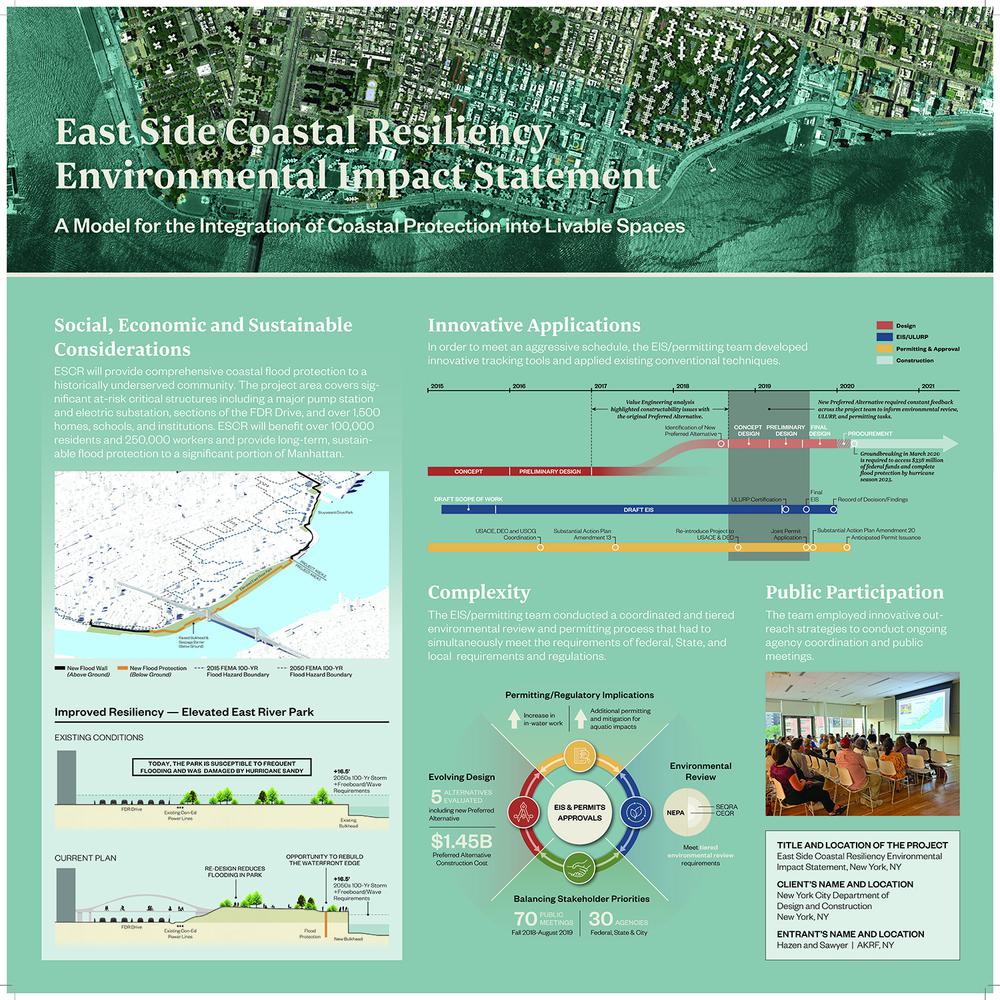SWIFT Research Center Awarded Best Water/Environment and Excellence in Safety Award of Merit
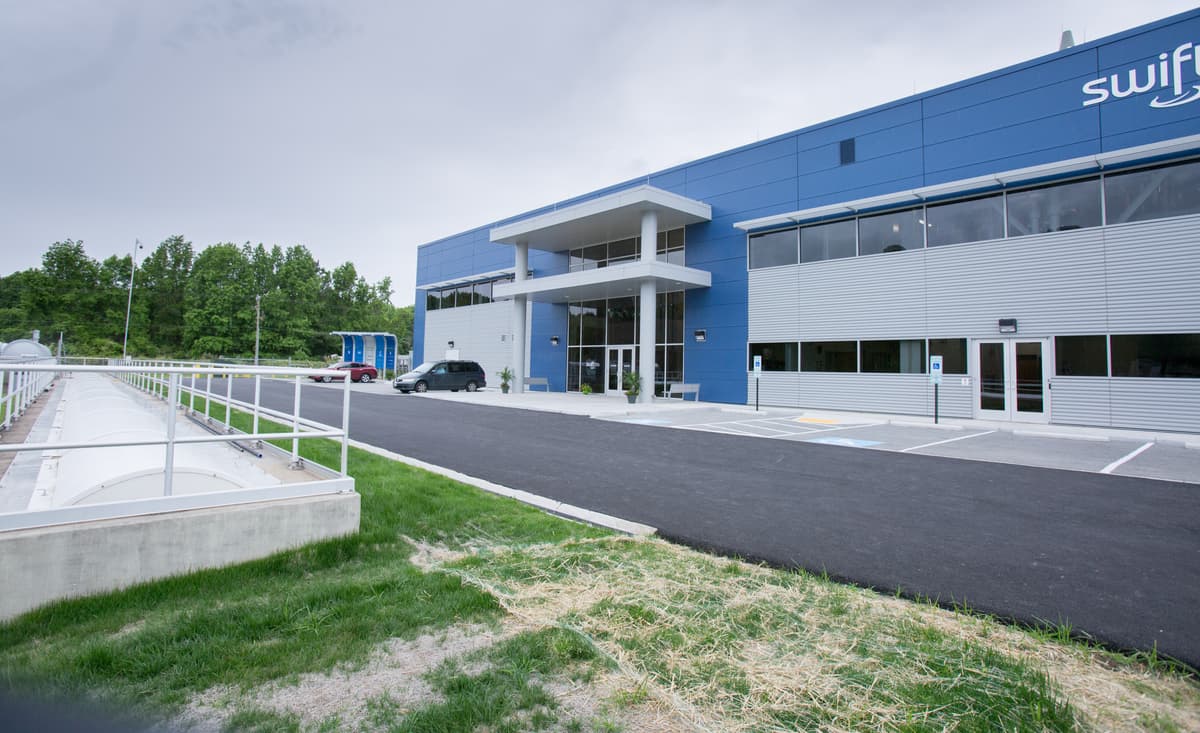
SWIFT’s centerpiece is a $24.3-million advanced water treatment and research facility designed to demonstrate the effectiveness of advanced treatment processes in producing finished water that meets primary drinking water standards and is compatible with groundwater chemistry.

The SWIFT program was previously awarded a 2018 US Water Prize by the US Water Alliance.
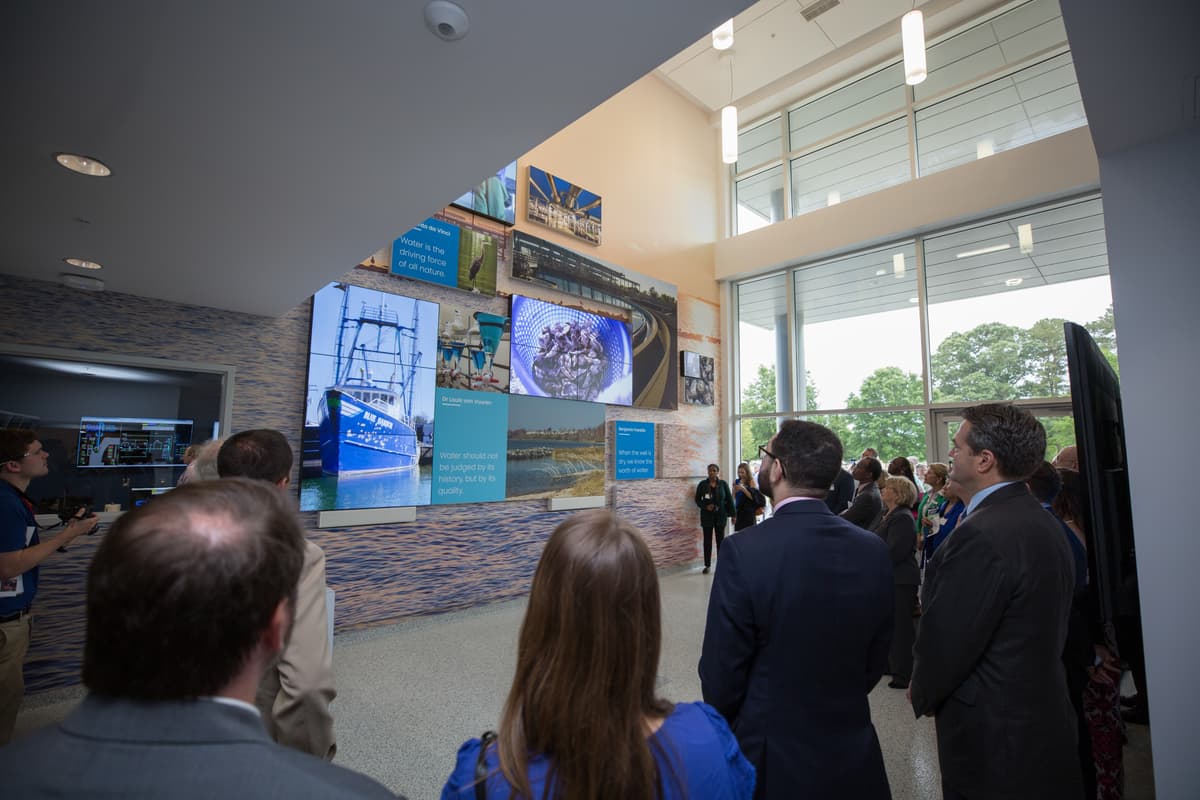
We designed a suite of interpretive elements, including signage, to welcome and educate the public to the research facility.

Because the research center was integral to SWIFT’s planned implementation at the region’s seven wastewater-treatment facilities, design and construction was completed on an aggressive 20-month schedule.

The research center offers the opportunity for the public to sample the reclaimed water, which is treated to drinking water standards.
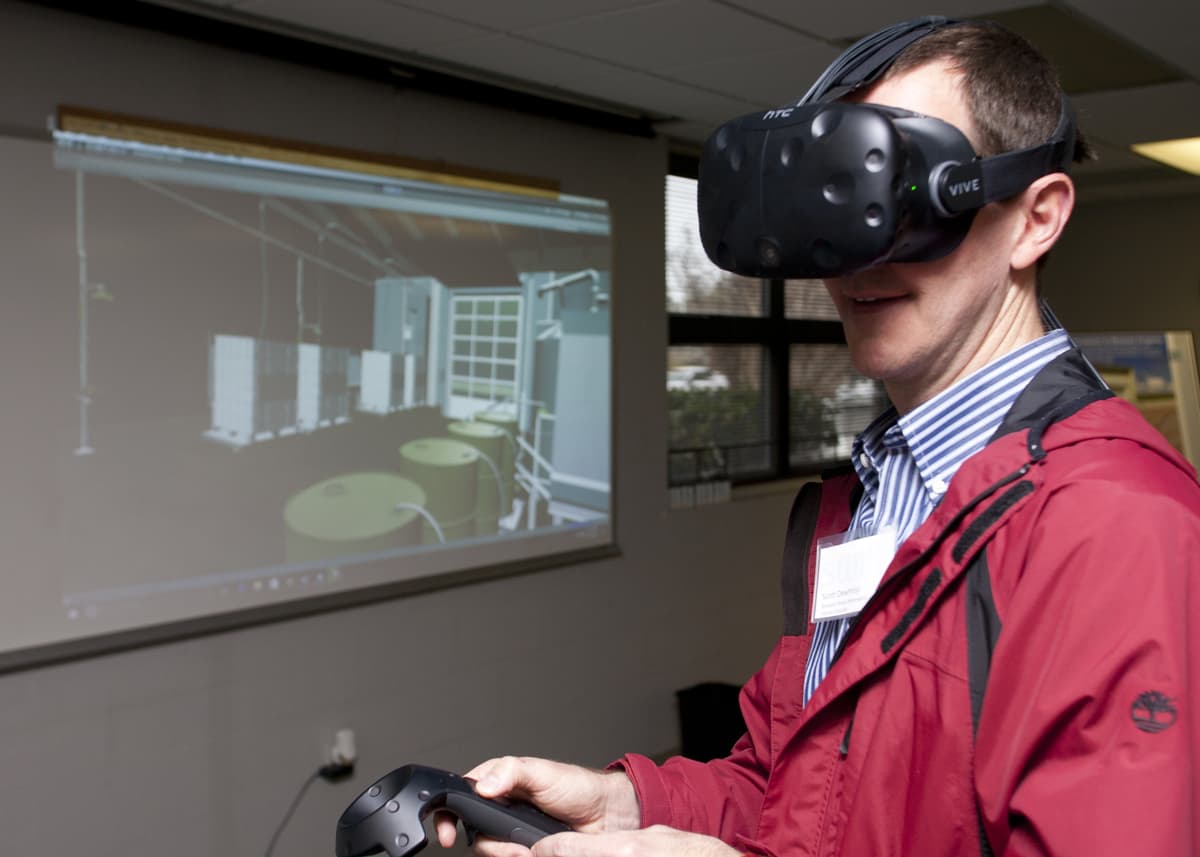
The project team used infographic and web tools, 3-D visualizations, virtual reality and interpretive elements to effectively communicate the SWIFT initiative and its regional benefits in order to gain critical acceptance and understanding of the initiative.
(FAIRFAX, VA - October 17, 2018) - The SWIFT Research Center, designed by Hazen and Sawyer, was recently awarded the Best Water/Environment and Excellence in Safety Award of Merit from ENR MidAtlantic.
Faced with economic and environmental uncertainties, the Hampton Roads Sanitation District (HRSD) was challenged to adapt its 249 million gallons per day wastewater-treatment network to address and maintain reliable service to more than 1.7 million residents across southeast Virginia while safeguarding the region’s diminishing water supply and ecologically sensitive Chesapeake Bay.
HRSD’s solution is called SWIFT—the Sustainable Water Initiative for Tomorrow. The multi-phase program calls for upgrades at multiple treatment facilities and other measures to keep pace with regulatory requirements and eventually allow the sanitation district to recharge the Potomac Aquifer with more than 100 million gallons of highly treated water per day.
SWIFT’s centerpiece is a $24.3-million advanced water treatment and research facility designed to demonstrate the effectiveness of advanced treatment processes in producing finished water that meets primary drinking water standards and is compatible with groundwater chemistry. The facility will also monitor the aquifer’s hydraulic response to the daily recharge of 1 million gallons of high-quality water from a nearby treatment plant and also serve as a center for operator training and public outreach. The project contributed to "... the well-being of the community by installing a state-of-art water treatment and aquifer recharge,” one judge said.
Because the research center was integral to SWIFT’s planned implementation at the region’s seven wastewater-treatment facilities, design and construction was completed on an aggressive 20-month schedule. BIM helped the team develop several alternative configurations for critical structural and architectural elements, providing HRSD with greater flexibility in refining the advanced water treatment process design concepts while also keeping the overall project on track. As field work got underway, team-wide collaboration and review ensured minimal deviations from the design as the process configurations continued to evolve.
Because the sanitation district had only limited experience with full-scale deployment of ozone, activated carbon, intense UV light and other advanced water-treatment processes envisioned for the research center, the team participated in unit process and equipment training to ensure all hazards were fully addressed. The identified hazards and accident prevention procedures were subsequently incorporated into HRSD’s safety plan.
The general contractor’s pretask plan proved highly effective in identifying potential hazards and preventive measures, then effectively communicated that information to workers and visitors to the work area. No reportable accidents occurred during the project’s more than 120,000 staff hours.
The research center currently treats secondary effluent from the Nansemond Treatment Plant with an advanced water treatment train that includes flocculation, sedimentation, ozonation, biologically active filtration, granular activated carbon adsorption, UV disinfection and chemical disinfection. The treated water then flows into the Potomac Aquifer through an adjacent recharge well. One judge says lessons learned on SWIFT will “go on to inform future projects.”




